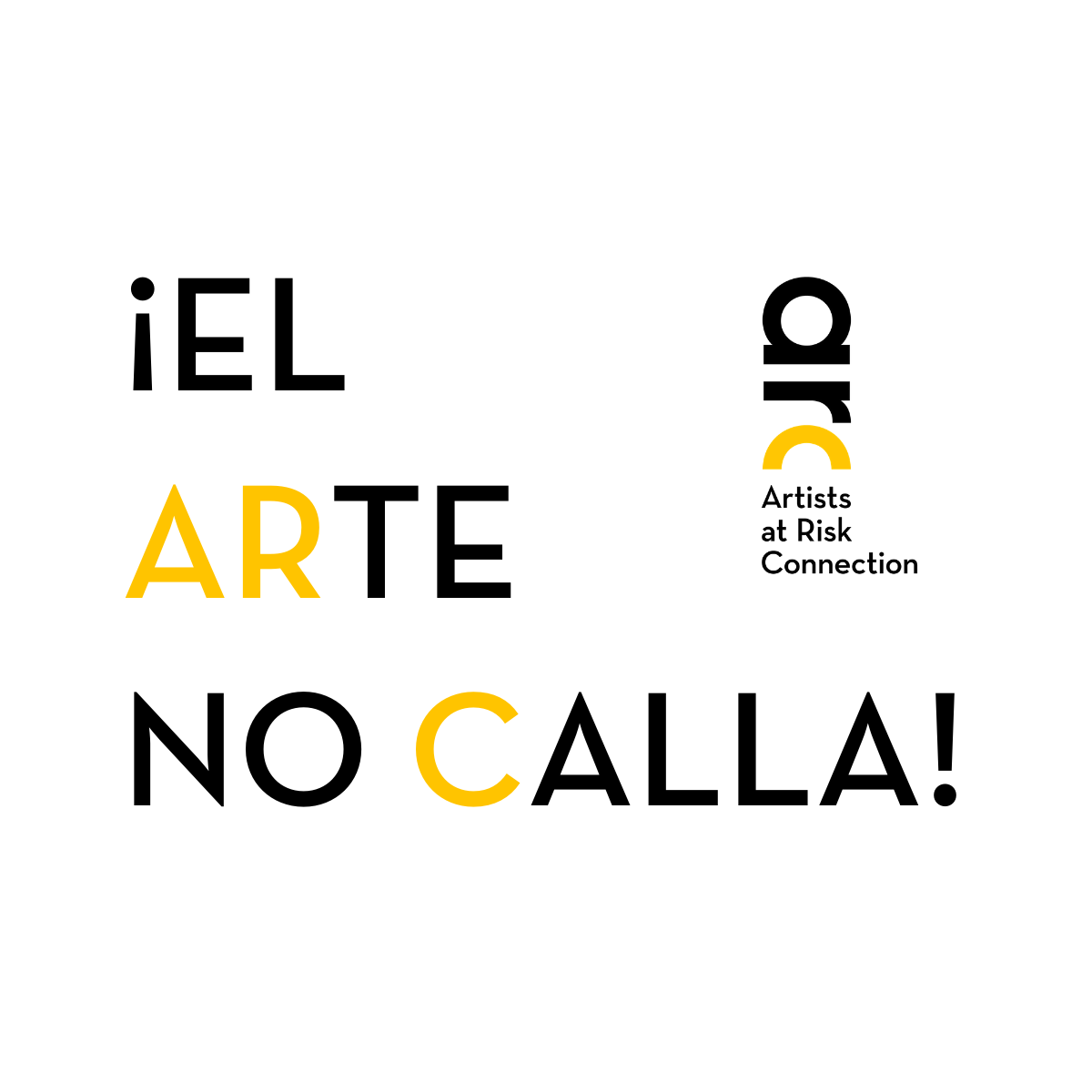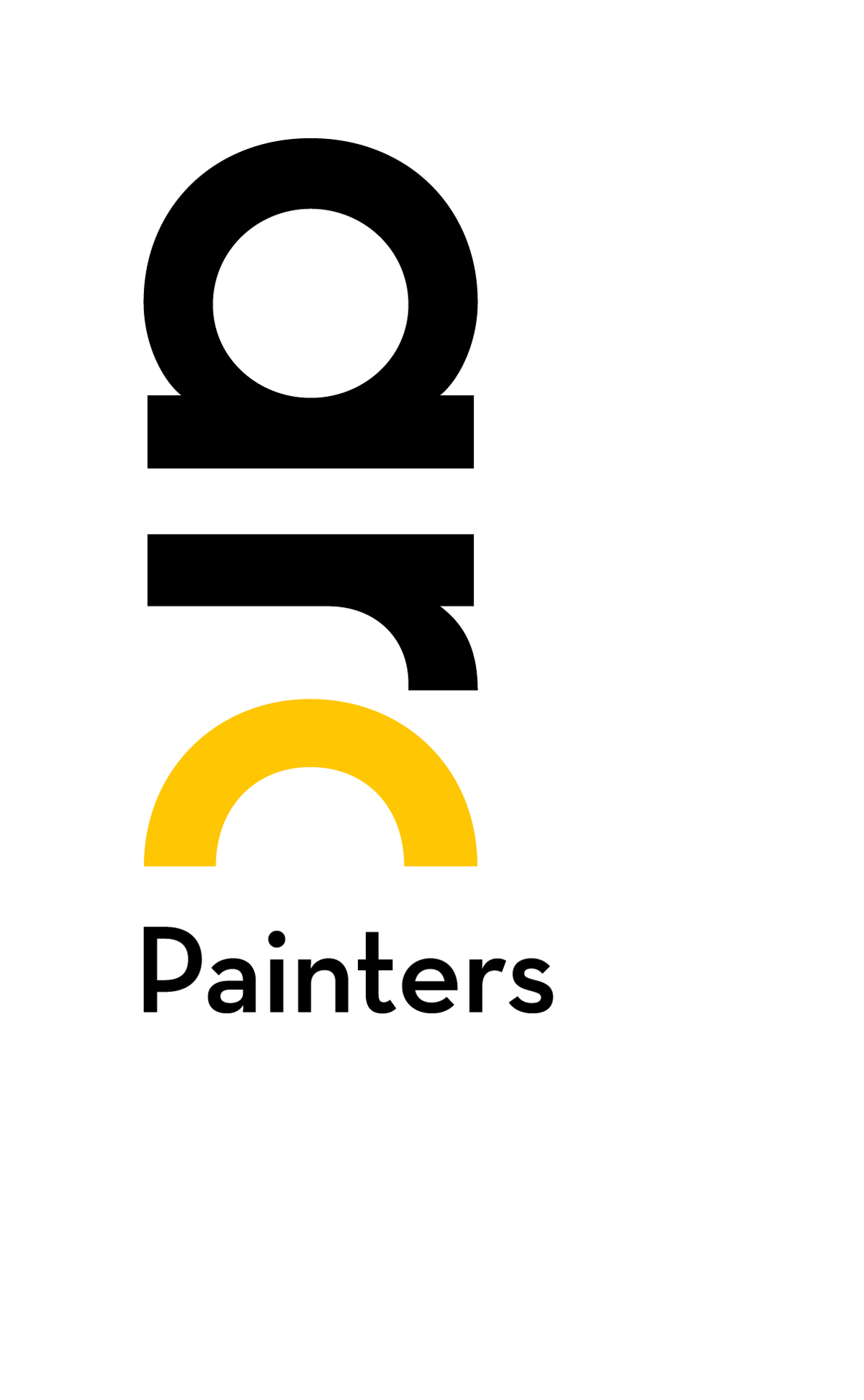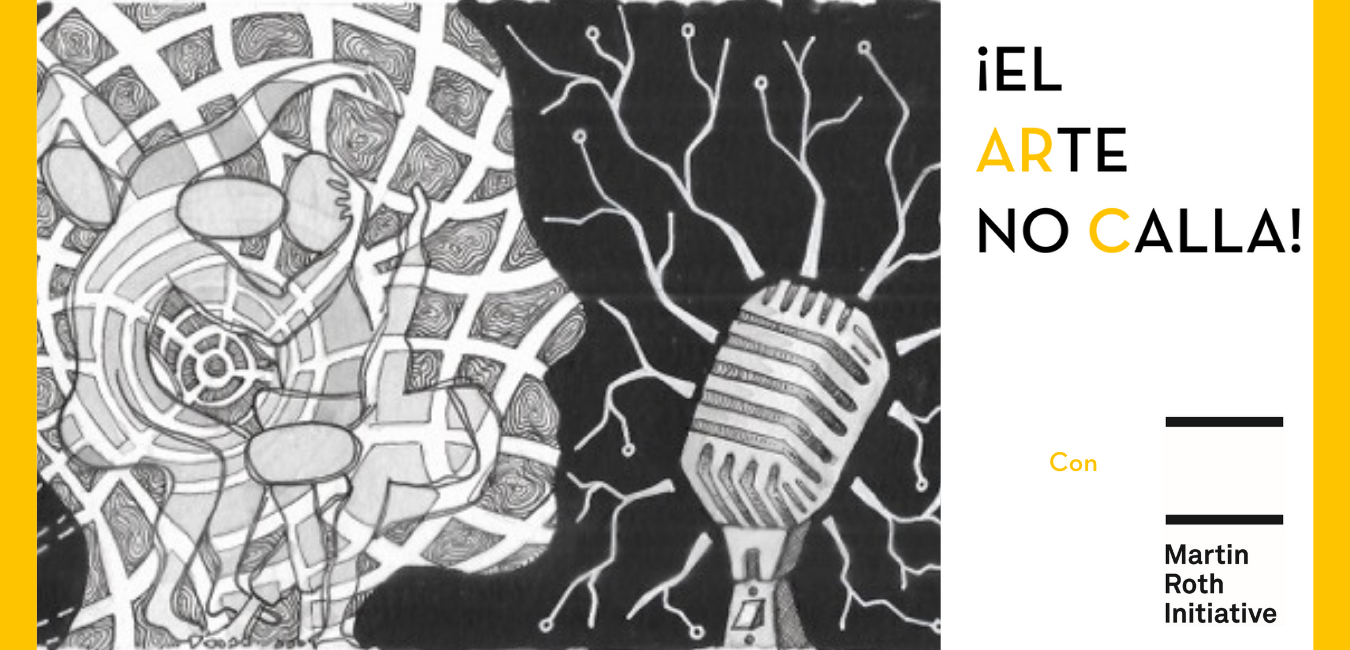¡El Arte no Calla! – Episode 9: Relocation of Artists at Risk in Latin America

“¡El Arte no Calla!,” a new monthly Spanish-language podcast of the Artists at Risk Connection (ARC), explores art, freedom of expression, and human rights in Latin America. In each episode, ARC’s Latin America Representative Alessandro Zagato will invite a different guest to help analyze the varying states of artistic freedom in Latin America and the violations that artists and activists are suffering in the region.
Episode 9: Relocation of Artists at Risk in Latin America
Laurence Cuny guest hosts this episode. Cuny, a human rights lawyer and researcher, is the author of a recently published MRI study titled “Relocation of Artists at Risk in Latin America.” The study examines the strategies necessary to foster collaboration between artistic institutions and human rights organizations in the region, in order to provide greater protection to artists at risk and promote freedom of artistic expression.
In the episode, Cuny sits down with Magdalena Morena Mujica, director of the International Federation of Arts Councils and Culture Agencies (IFACCA); Philippe Ollé-Laprune, representative of ICORN’s Shelter Cities project in Latin America; and Fransk Martinez, Nicaraguan artist and beneficiary of Shelter City Costa Rica.
Laurence Cuny: Could you tell us why artists need human rights protection?
M.M.: Artists provide us with perspectives and visions of the world that are of great importance, especially in difficult moments like the one we are experiencing now after the pandemic. I consider fundamental the existence of spaces of reflection and enjoyment of art, where we can look at the world with different eyes and be able to grasp eventual opportunities. Art gives us this opportunity to look and walk through other people’s vision.
L.C.: What happens when, once these spaces are opened, artists face the violation of their rights? Can organizations like IFACCA defend those spaces?
M.M.: This freedom is important as both human and cultural right, as every person has the right to enjoy culture and have a comprehensive cultural life. This freedom needs to go together with favorable economic, social, environmental conditions so that artists can freely create. In these times of pandemic, independent artistic and cultural sectors become more vulnerable because they don’t have stability in terms of work and spaces that they can access.
L.C.: Which policies can organizations like IFACCA adopt in order to safeguard this freedom?
M.M.: Governmental agencies that are part of IFACCA are composed of sixty percent arts councils and forty percent Cultural Ministries. Such agencies need to support the artistic and cultural sectors not only from the point of view of public investment and funding, but they have to make sure that there are programs allowing artists to develop their creativity and production and that their work can be shared and made available to civil society. We need to distinguish economic support to the cultural sector and the universal right to culture for each and every one. Cultural policies are fundamental, together with public policies that integrate other ministries and sectors – there should be a more holistic understanding of the role of culture in one country’s sustainability and future development. In these times of confinement, the importance of culture is evident. But this recognition is not backed up by a real support for artists – there is in general a need to dignify artistic work.
L.C.: “The arts and human rights sector are two separate worlds with different financial support mechanisms, different actors and different necessities.” What do you think about this quote from the report? Can we reconcile these two sectors?
M.M.: I believe that the pandemic helped highlight many themes and problems that were pending. From the point of view of artistic freedom, we need to think and reflect not in terms of one single truth but of a multiplicity. Especially now that we face many complex questions and urgent problems. In the human rights field we always seek truth – but from the point of view of art it is necessary to encourage a dialogue because we need to imagine a new world, to resolve very critical problems.
L.C.: For twenty years you have been involved in the activity of relocating artists at risk. You opened the first refuge house in Mexico City that is part of ICORN and were the director for more than fifteen years. Could you explain what a refuge house is?
P.O.: A refuge house is the core space of what we define as a shelter city. ICORN is constantly looking for cities that can receive writers and now also artists experiencing danger in their own countries. In Mexico we created and dedicated an entire house to receive writers and to organize their residency around a cultural program, including seminars and workshops. The methodology was simple, having to do with helping them develop things that they wanted to do. We invited them to lectures, conferences, publications, and so on. They would stay two years, the first being dedicated to knowing the country, its language, and understanding Mexican culture, which is not familiar for authors coming from the Arab, African, or Asian continent. After one year we had a chat about their expectations for the future. Some of them were well-organized, with ideas and plans for what to do. Five out of thirteen decided to stay in Mexico, where they managed to find work in the academic field.
L.C.: There is a transition from a Shelter City model to one based in the university. Would you like to say something about this?
P.O.: In many Latin American cities that I invited to adhere to the project, for example Bogotá, Rosario, or Montevideo, I had promising conversations, then after I was leaving they were forgetting about my proposal. Therefore, I understood that in each of those cities we needed to have allies, not just economic allies, but people who would actively work on the program and be our operators in those places. So we reached an agreement with an organization called CLACSO (Latin American Council of Social Sciences), which brings together more than 600 universities in the region. With them we elaborated a plan to approach cities and actors, with the awareness that we needed both political and academic partners. We are just starting with this new format that has now operated for a year and a half. The interesting thing is that now we operate from a university – and I now work for UAM Cuajimalpa – and it is easier to interact with other academic spaces. There is now an important debate on the role played by universities in society – they cannot be just spaces of knowledge transmission but they need to be active in civil society. The nation state is in trouble in many Latin American countries, cultural policies are increasingly reduced, therefore it is natural that universities become engaged in these sorts of projects.
L.C.: In Latin America, so far, ICORN’s model was to receive artists from outside the continent – how do you see your role of protecting artists in Latin America?
P.O.: There are two perspectives here. One has to do with the protection of an endangered artist. The other one has to do with bringing in an artist that can offer a different culture, language and so on – and I personally value the fact of receiving someone from China, Africa… At the same time Latin artists may find it more exciting having to travel to a European ICORN city. However, anything can happen. There are situations of emergency where you have to respond as you can.
L.C.: “The arts and human rights sector are two separate worlds with different financial support mechanisms, different actors and different necessities.” What do you think about this quote from the report?
P.O.: They are not just separate worlds but they also both have values and different ways of operating. And I suffered this a lot in my experience. The NGO world is one where you have to learn to protect yourself, because you cannot include in your personal life all the problems that need to be resolved. Initially for me, coming from the cultural world, it was a shock, because I started to invite people to do things with me, to the point that writers were not understanding if I was the director of the shelter, a friend, an editor… there was a lack of definition. So you have to learn to make distinctions between a cultural and humanitarian approach.
L.C: I would like to ask you how protection was organized in your case.
F.M.: In Nicaragua, I used to collaborate with a human rights organization and I did art independently. I conducted research with the aim of highlighting the social engagement of the LGBTQ community and the violations that they suffer. Due to this research I suffered repression and siege from people related to the government. I needed to find refuge in a safe house, where I had access to food, but I was relegated in a very small space that did not allow me to work or produce art. I am very thankful with the organization that supported me at the time, because they activated a support network while I was living in the safe house. They also looked for support to leave the country and they put me in touch with Shelter City.
L.C.: Once you arrived in Costa Rica, how was protection organized?
F.M: In Costa Rica they manage an integral plan of protection. There is an assistant who picks you up at the airport, giving you a tour of the neighborhood where you will be living, they set up a meeting with a mental health professional who is part of the team. They always make sure that beyond human right defense the person does other types of creative activities. They provide trainings in physical and digital security with the aim to protect you and inviting you to share that knowledge with your colleagues.
L.C.: Are people accommodated in a common house /space?
F.M: Yes, it is a collective space. In my case, I stayed six months, but there are people who stay up to nine months. Thereafter the program continues. If you cannot return to your country the program activates networks to provide you with new opportunities. In my case, they put me in touch with Martin Roth (MRI). Through them I could present a creative proposal of psycho-social study of Nicaraguan creative people living in Costa Rica.
L.C.: How did this relocation experience benefit you?
F.M.: It was a very nice experience for me to be able to develop such projects. I’m thankful for MRI for this opportunity, which allowed me to build up a broad network. We should always consider the importance of developing a social connectedness and the strengthening of alliances between organizations and collectives at local and international level. This was an experience that moved my emotions and made me reconsider many aspects of my life and work. It was for me a strengthening and empowering process.
L.C.: Which necessities do you identify for artists working in your field and context?
F.M.: I am part of a network of exiled Nicaraguan artists, and there are not many programs available to them; they had to creatively find solutions to their problems. We need to think about artists as creative people holding a huge potential in terms of the defense of human rights. Maybe they cannot be that direct in terms of the defense of human rights because they operate from a different perspective [than traditional defenders]. However, through art we contribute enormously to the strengthening of historical memory. We need to create more protection tools, helping us to face risk and manage situations. Many Nicaraguan artists in Costa Rica had to leave their country with no institutional support whatsoever, and they sell their art on the streets. So I invite the international community to offer more opportunities to the artistic community, because their work is universally important.
We conclude this episode with a comment from Pedro X. Molina, a Nicaraguan cartoonist at Confidencial journal who was relocated through the ICORN network. He tells us about the importance of art and humor in difficult times.
P.M.: Since the beginning of the protests in Nicaragua, a lot of artists – some professionals and some amateurs, most of them young – started representing their engagement through visual arts. My timeline on Twitter was filled with drawings, illustrations, paintings. I had the idea to start the hashtag #SOSArt to compile all the pieces that were produced so that they would not be lost in the immensity of the internet. These pieces are a chronicle of a fight that is already historical. What in other historical moments would be expressed on walls, clandestine journals, or anonymous tracts is now circulating on the web. Whether in the form of professional cartoons, memes, videos, articles, or tweets, humor is a necessity in times of anger and crisis. It is our engine, a sugar spoon in a sour reality.






